 |
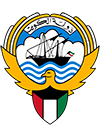 |
 |
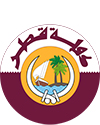 |
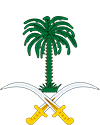 |
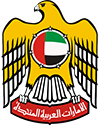 |
The Gulf Co-operation Council (GCC)—which comprises Bahrain, Kuwait, Oman, Qatar, Saudi Arabia and the United Arab Emirates (often referred to as the Arabian Gulf)—has undergone rapid demographic, economic and social changes in the past two decades. Four of the six countries—Kuwait, Qatar, Saudi Arabia and the UAE—have significant revenues from oil and gas and, have some of the world’s highest per capita incomes (especially so if delineated along national/non-national lines) (consult Tables 1 & 2, below).
With the exception of Saudi Arabia, all have very small national populations and, as a consequence rely heavily on a large number of expatriate “guest” workers. In Qatar and the UAE, nationals only make up a small fraction of their respective workforces (consult Tables 2 & 3, below).
Table 1. Hydrocarbon and Sovereign Wealth Assets
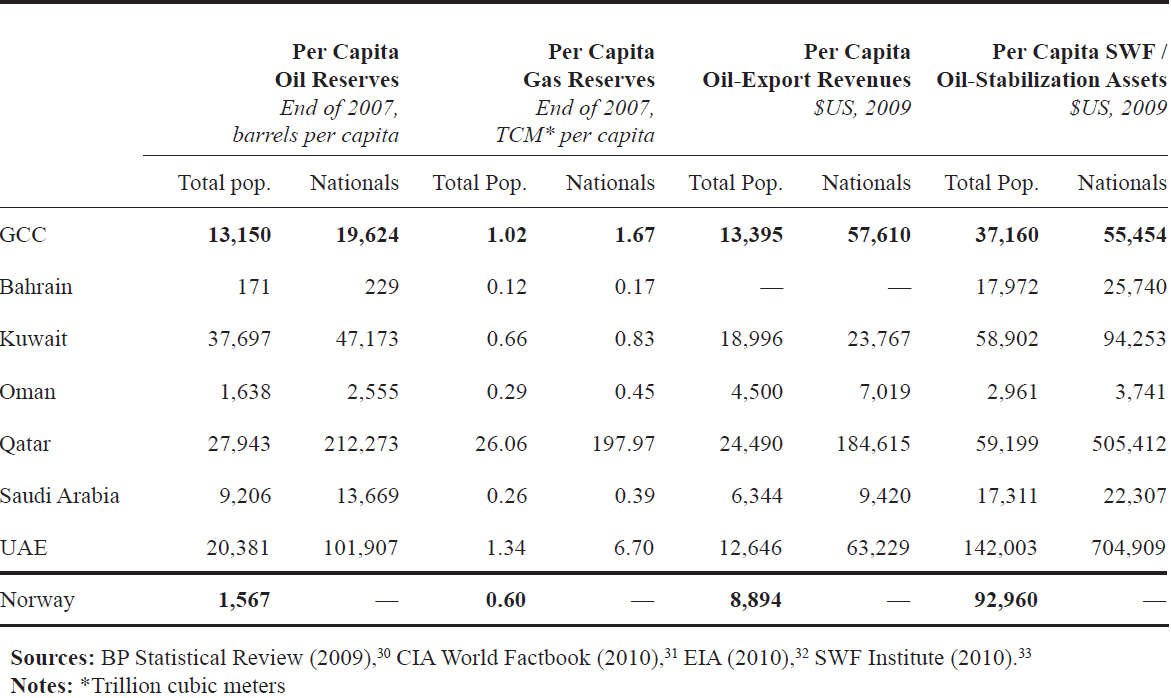
Table 2. Demographic Imbalances & National Resource Wealth
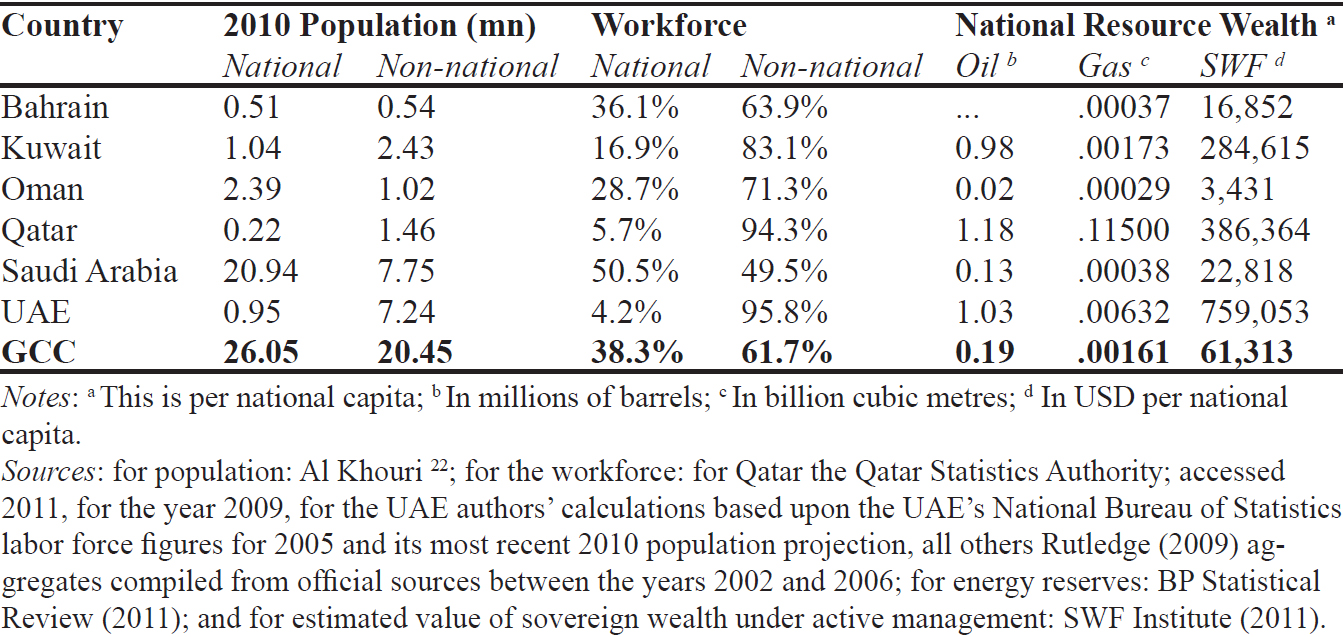
Table 3. Labour Market Characteristics
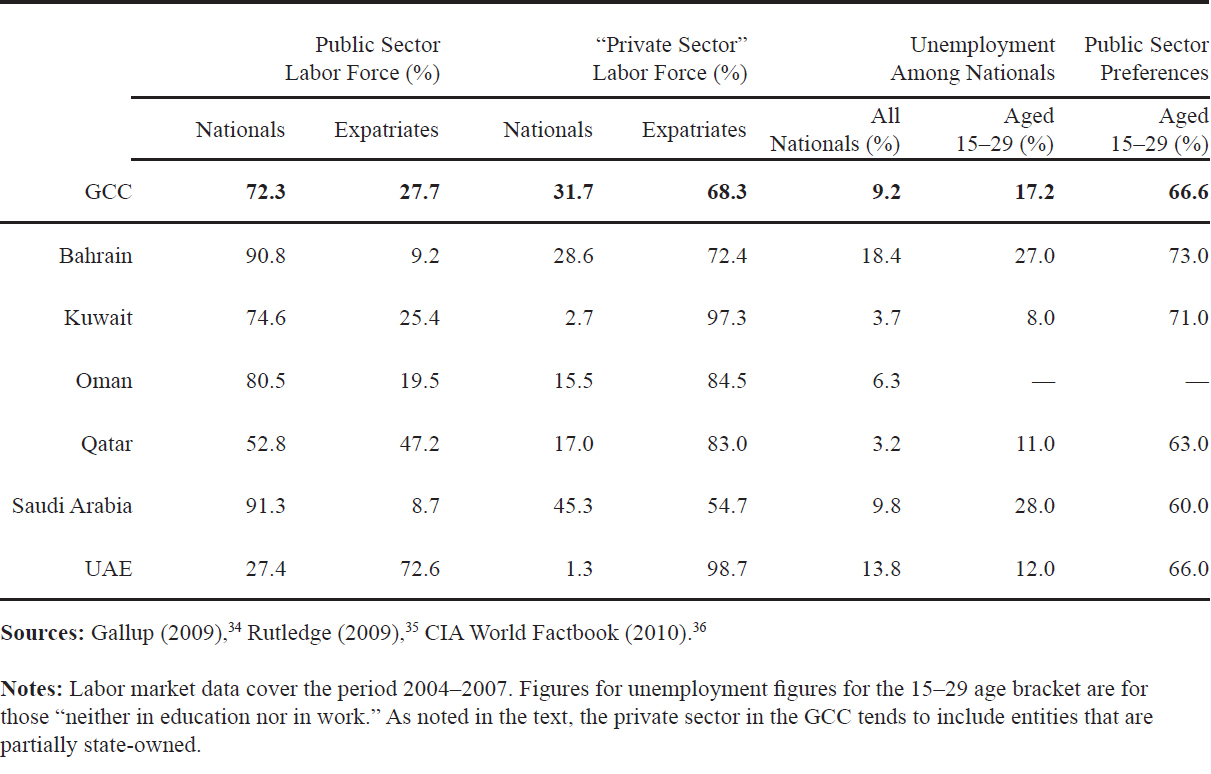

| This website is maintained by Dr Emilie J. Rutledge, an Associate Professor of Economics and author of Monetary Union in the Gulf: Prospects for a Single Currency in the Arabian Peninsula. Emilie has developed a number of undergraduate and postgraduate courses that specifically cover the economic and sociopolitical trajectories of the six Gulf economies. Her present research interests are the Arabian Gulf’s labour market dynamics and economic diversification endeavours. Résumé Publications Consultancy |
